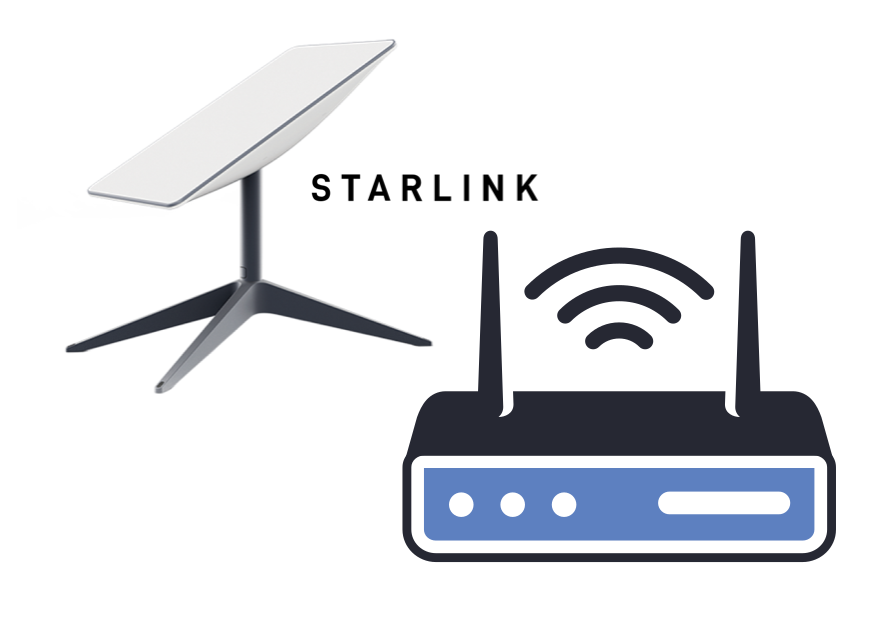
Using Starlink for Internet Access: Cost, Setup, and Benefits
Starlink, developed by SpaceX, provides a satellite-based internet service to connect even the most remote and underserved regions. Here’s a breakdown of how it works, its cost, and the benefits users can expect.
How Starlink Works
Starlink uses a vast constellation of low-earth orbit (LEO) satellites that communicate with ground-based receivers. Unlike traditional satellite internet, which relies on geostationary satellites far from Earth, Starlink’s satellites are closer, allowing for lower latency and faster data transmission speeds. Users set up a small satellite dish that connects with the nearest satellite to access high-speed internet.
Cost of Starlink Service
The basic Starlink kit includes a satellite dish, Wi-Fi router, and mounting equipment. As of 2024, costs include:
- Equipment Fee: $599 (one-time payment)
- Monthly Subscription: Standard residential service costs $120 per month, while premium plans can cost as much as $500 per month.
Starlink has introduced options like “Starlink RV” for those who want portable internet access while travelling. This plan costs around $150 monthly, with similar equipment fees, though service may be limited in high-traffic areas.
Setup Requirements
The Starlink setup is designed for easy installation by non-specialists. Users need a clear view of the sky, ideally without obstructions like trees or buildings, to maintain stable satellite connections. The Starlink app guides users through setup, helping them find an optimal spot for the dish to ensure uninterrupted service.
Benefits of Starlink Internet
- High-Speed Connectivity in Remote Areas: Starlink offers download speeds ranging from 50 to 200 Mbps with latency as low as 20 ms, significantly outperforming traditional satellite options.
- Global Accessibility: Starlink extends internet access to remote or rural areas with limited infrastructure, such as mountainous regions or islands, and even aboard moving vehicles.
- Resilience During Natural Disasters: Because it operates independently of ground infrastructure, Starlink can restore connectivity during natural disasters when traditional networks fail.

While Starlink’s monthly costs are higher than typical broadband, the benefits make it an appealing option for those in underserved regions or needing reliable, mobile internet access.

















